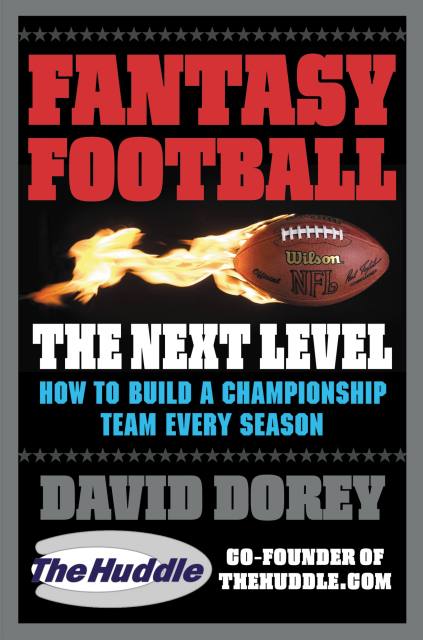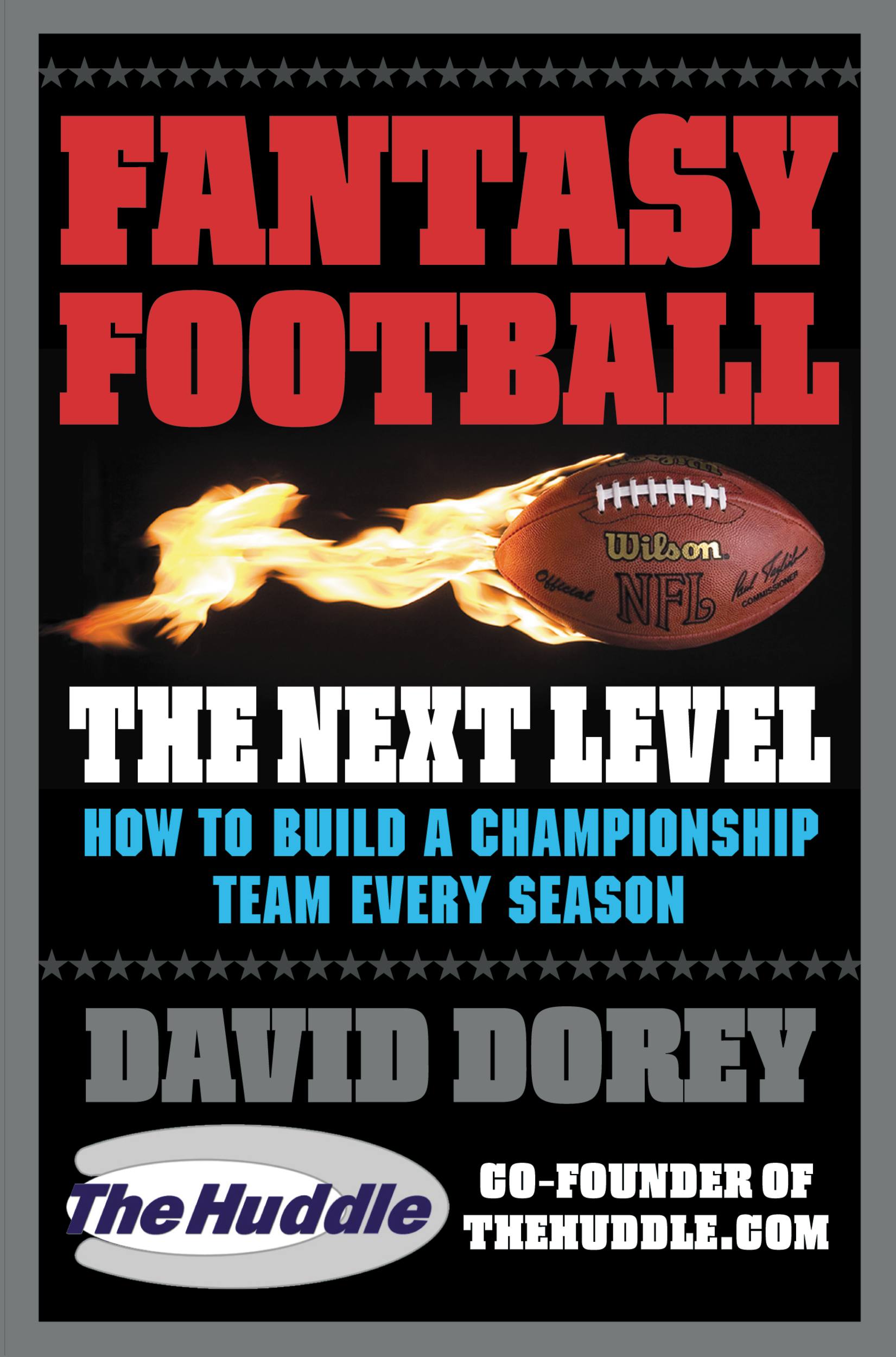Promotion
Use code BEST25 for 25% off storewide. Make sure to order by 11:59am, 12/12 for holiday delivery!
By clicking “Accept,” you agree to the use of cookies and similar technologies on your device as set forth in our Cookie Policy and our Privacy Policy. Please note that certain cookies are essential for this website to function properly and do not require user consent to be deployed.
Fantasy Football The Next Level
How to Build a Championship Team Every Season
Contributors
By David Dorey
Formats and Prices
- On Sale
- Aug 1, 2007
- Page Count
- 320 pages
- Publisher
- Grand Central Publishing
- ISBN-13
- 9780446198585
Price
$8.99Price
$11.99 CADFormat
Format:
- ebook $8.99 $11.99 CAD
- Trade Paperback $21.99 $28.99 CAD
This item is a preorder. Your payment method will be charged immediately, and the product is expected to ship on or around August 1, 2007. This date is subject to change due to shipping delays beyond our control.
Buy from Other Retailers:
Learn how to:
Understand the true value of each position to your team’s success using LAG analysis
Get a handle on your league’s scoring system and use it to your advantage
Keep your focus and your discipline on draft day using the Advanced Draft Tracker
Ignore the hype surrounding last year’s superstar–and build your team with players who will produce this season.
Genre:
Newsletter Signup
By clicking ‘Sign Up,’ I acknowledge that I have read and agree to Hachette Book Group’s Privacy Policy and Terms of Use






